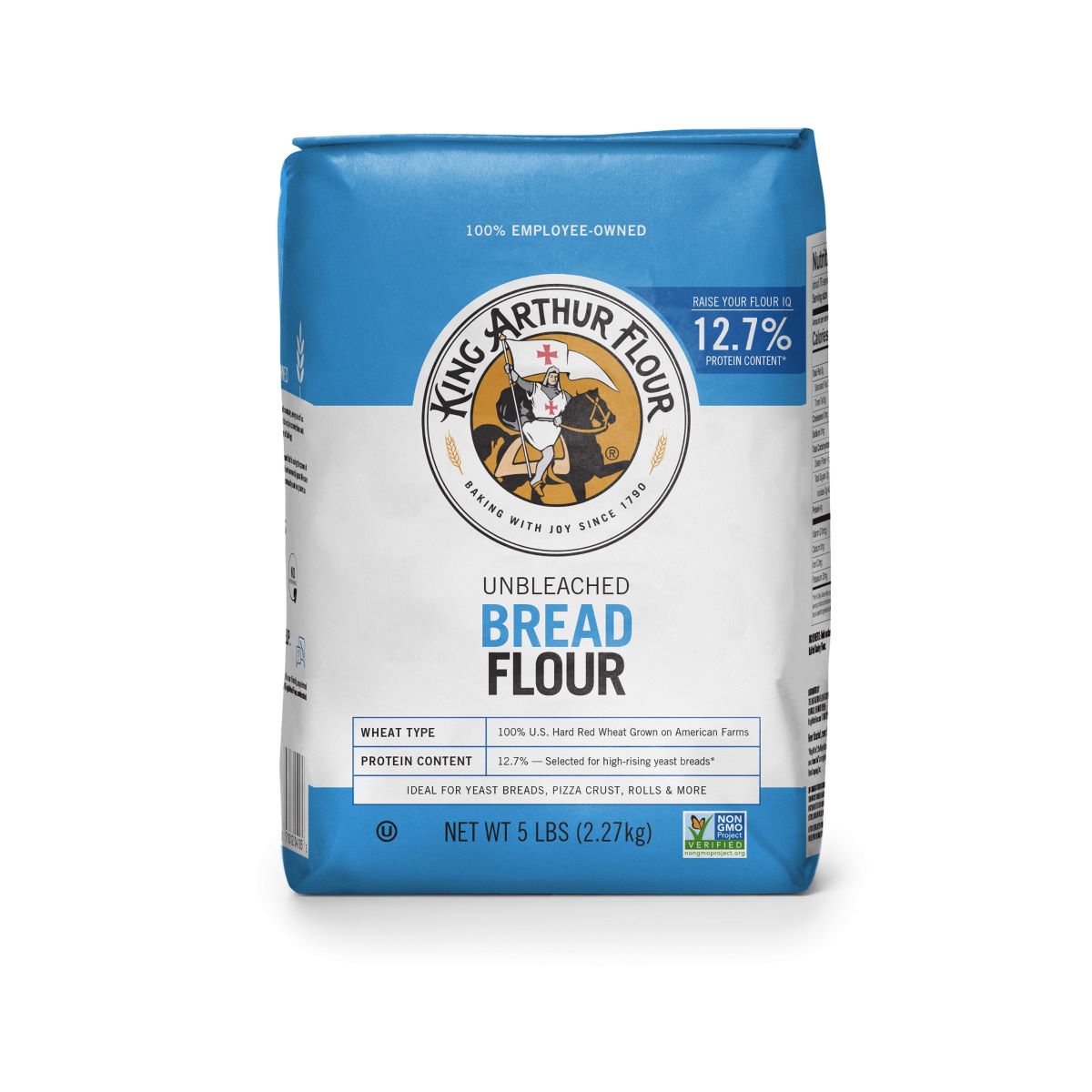

Articles
How To Store Bread Flour
Modified: January 5, 2024
Learn the best practices for storing bread flour to keep it fresh and extend its shelf life. Read our informative articles and tips on how to properly store bread flour.
(Many of the links in this article redirect to a specific reviewed product. Your purchase of these products through affiliate links helps to generate commission for Storables.com, at no extra cost. Learn more)
Introduction
Storing bread flour properly is essential to maintain its quality and extend its shelf life. Whether you are an avid baker or simply enjoy having flour on hand for occasional use, understanding the best practices for storing bread flour can make a significant difference in the results of your culinary endeavors.
In this article, we will delve into the specifics of bread flour storage and share practical tips to help you keep your flour fresh and ready for baking. From the importance of proper storage to choosing the right container and managing temperature and humidity, we will provide a comprehensive guide to ensure your bread flour stays in optimal condition.
So, whether you’ve just stocked up on bulk bread flour or are looking to improve your current storage methods, read on to discover essential tips and tricks for keeping your bread flour fresh and flavorful for the long haul.
Key Takeaways:
- Proper storage of bread flour is crucial to maintain its quality, freshness, and baking performance. Choosing the right container, keeping the flour dry, and preventing contamination are key factors in preserving its integrity.
- Understanding the characteristics of bread flour and implementing the right storage techniques can ensure its optimal condition. From managing temperature and humidity to long-term storage tips, these practices help preserve freshness and quality for delightful baking experiences.
Read more: How To Store Oat Flour
Understanding Bread Flour
Bread flour is a type of flour that is specifically designed for making bread. It is made from hard wheat varieties that have a high protein content, typically ranging from 11% to 14%. This protein, known as gluten, is responsible for giving bread its characteristic structure and texture.
The high protein content in bread flour allows it to form a strong and elastic gluten network when mixed with water. This network traps carbon dioxide produced by yeast during fermentation, resulting in bread that rises well and has a chewy texture. The added strength and elasticity of bread flour make it ideal for making yeast breads, such as baguettes, sourdough loaves, and pizza dough.
In addition to its protein content, bread flour also contains a higher percentage of gluten-forming proteins called gliadins and glutenins. These proteins contribute to the elasticity and chewiness of bread, giving it a desirable texture.
When it comes to storing bread flour, it’s important to understand that its high protein content makes it more sensitive to moisture, heat, and other environmental factors. Exposure to these elements can lead to the degradation of the gluten proteins, resulting in a loss of quality and poor baking performance.
Now that we have a basic understanding of bread flour, let’s delve into the specifics of how to properly store it to maintain its freshness and ensure optimal baking results.
Importance of Proper Storage
Proper storage is crucial for maintaining the quality and freshness of bread flour. When exposed to factors like moisture, heat, air, and contaminants, bread flour can deteriorate, leading to a decline in its baking performance and flavor.
Here are a few reasons why proper storage is essential for bread flour:
- Preserve Freshness: Bread flour contains natural oils that can turn rancid over time. By storing it correctly, you can help prevent the oils from going rancid, ensuring that your flour remains fresh and retains its intended flavor profile.
- Prevent Moisture Absorption: Bread flour is moisture-sensitive and tends to absorb moisture from the air, which can lead to clumping, mold growth, and a loss of quality. Proper storage techniques can help minimize moisture absorption and maintain the flour’s texture and performance.
- Prevent Pest Infestation: Stored improperly, bread flour can attract pantry pests like weevils and moths. These pests can contaminate the flour, rendering it unusable. Appropriate storage methods can help deter pests and keep your flour safe from infestation.
- Prolong Shelf Life: By storing bread flour correctly, you can extend its shelf life. This allows you to stock up on flour during sales or buy in bulk without worrying about it going bad before you have a chance to use it.
Now that we understand the importance of proper storage, let’s explore the key factors to consider when choosing a container for bread flour.
Choosing the Right Container
When it comes to storing bread flour, selecting the right container is crucial to maintain its freshness and protect it from external factors. Here are a few factors to consider when choosing a container for your bread flour:
- Airtightness: It is essential to select a container that has an airtight seal. This will prevent air from entering the container and exposing the flour to oxygen, which can lead to spoilage and loss of quality.
- Material: Opt for a container made of food-safe, non-reactive material to ensure that it does not interact with the flour and alter its taste or quality. Ideal materials include glass, ceramic, or high-quality plastic.
- Size: Choose a container that can comfortably accommodate the amount of flour you typically use. It should provide enough room for easy scooping or pouring without the risk of spillage.
- Visibility: Select a container that allows you to see the contents easily. This will enable you to monitor the flour’s condition and quantity without having to open the container frequently.
- Sealability: Look for a container with a secure lid or closure mechanism that locks tightly. This will help ensure that the container remains airtight and prevents any moisture or contaminants from entering.
Consider these factors when choosing a container for your bread flour to maintain its freshness and quality. Once you have selected the right container, it’s important to implement practices to keep the bread flour dry.
Let’s move on to the next section where we will discuss how to keep bread flour dry and prevent moisture-related issues.
Keeping Bread Flour Dry
Keeping bread flour dry is essential to prevent moisture absorption, clumping, and the growth of mold or bacteria. Here are some effective methods to ensure your bread flour stays dry:
- Store in a Dry Location: Choose a cool and dry place to store your bread flour. Avoid storing it in areas of high humidity, such as near sinks, stoves, or windows. Moisture in the air can seep into the flour and affect its quality.
- Avoid Direct Sunlight: Exposure to sunlight can heat up the container and create condensation inside, leading to moisture buildup. Keep the container of bread flour away from direct sunlight to prevent moisture-related issues.
- Use Silica Gel Packs: Placing silica gel packs or moisture-absorbing packets inside the container can help absorb any excess moisture and keep the bread flour dry. Make sure the packets are food-safe and do not come into direct contact with the flour.
- Seal Properly: Ensure that the container is tightly sealed after each use. This prevents air and moisture from entering and keeps the flour dry and free from contaminants.
- Avoid Freezer Storage: While freezing bread flour can theoretically extend its shelf life, it is not recommended as it can cause condensation when the flour is brought back to room temperature. This can lead to clumping and reduced quality.
By following these practices, you can maintain the dryness of your bread flour and ensure its long-lasting freshness. However, it’s not only moisture that can affect the quality of bread flour. Contamination is another crucial aspect to consider when storing flour.
In the next section, we will discuss ways to prevent contamination and keep your bread flour safe for consumption.
Store bread flour in an airtight container in a cool, dry place, away from direct sunlight and heat sources. This will help to maintain its freshness and prevent it from absorbing any unwanted odors or moisture.
Read more: How To Store Flour Tortillas
Preventing Contamination
Contamination can negatively impact the quality and safety of bread flour. It’s important to take precautions to prevent any foreign substances or contaminants from entering your flour. Here are some tips to help you keep your bread flour free from contamination:
- Start with Clean Hands and Utensils: Before handling bread flour, make sure your hands are clean. Use clean utensils, such as scoops or measuring cups, to avoid introducing any contaminants into the flour.
- Store Away from Chemicals and Strong Odors: Keep your bread flour container away from strong-smelling chemicals or odorous substances, as they can transfer unwanted flavors or odors to the flour. Store it separately from cleaning supplies or aromatic foods.
- Don’t Double Dip: Avoid using the same utensil to scoop flour and other ingredients, such as spices or sugar. This can lead to cross-contamination and compromise the quality of your bread flour.
- Keep Pet Food and Flour Separated: If you have pets, store their food away from your bread flour. Pet food can contain pests or bacteria that may contaminate the flour. Ensure proper separation to prevent any potential issues.
- Regularly Clean Storage Area and Container: Clean the storage area where you keep your bread flour and regularly sanitize the container to remove any potential contaminants. This helps maintain a clean and safe environment for storing your flour.
By following these preventative measures, you can minimize the risk of contamination and ensure that your bread flour remains safe and suitable for consumption. Next, let’s discuss the importance of managing temperature and humidity for optimum bread flour storage.
Managing Temperature and Humidity
Proper management of temperature and humidity is crucial for maintaining the quality and performance of bread flour. Here are some key tips to help you manage these factors:
- Keep Flour at a Cool Temperature: Bread flour should be stored in a cool environment with stable temperatures. Avoid exposing it to temperature extremes, as this can affect the flour’s texture and quality.
- Avoid Fluctuating Temperatures: Rapid temperature changes can lead to condensation inside the container, which can introduce moisture and compromise the flour’s freshness. Store bread flour away from heat sources and areas prone to temperature fluctuations.
- Monitor Humidity Levels: High humidity can cause moisture absorption and clumping in bread flour. Use a hygrometer to monitor the humidity levels in the storage area and aim for a moderate level of around 50-60%.
- Use a Dehumidifier: If you live in a humid climate, consider using a dehumidifier in the storage area to reduce excess moisture and maintain optimal humidity levels for your bread flour.
- Avoid Storage Near Fridge or Freezer: While it may seem convenient to store bread flour near your refrigerator or freezer, the fluctuating temperatures can impact the flour’s quality. Choose a separate, cool, and dry storage location instead.
By managing temperature and humidity effectively, you can protect your bread flour from moisture-related issues and ensure its optimal condition for baking. However, it’s also important to consider long-term storage for times when you need to keep flour for extended periods.
In the next section, we will provide some tips for long-term storage of bread flour.
Long-Term Storage Tips
There may be times when you need to store bread flour for an extended period. Whether you’ve stocked up on bulk flour or want to ensure a long shelf life, here are some tips for long-term storage:
- Freeze the Flour: If you need to store bread flour for an extended period, consider freezing it. Place the flour in an airtight container or resealable freezer bags to protect it from moisture and freezer burn. Before using the flour, allow it to come to room temperature to prevent condensation.
- Use Oxygen Absorbers: Oxygen absorbers can help maintain the freshness of flour during long-term storage. Place a food-grade oxygen absorber in the container to reduce the oxygen levels and extend the shelf life of the flour.
- Label and Date: Properly label the container with the type of flour and the date of storage. This will help you keep track of its freshness and ensure you use the oldest flour first.
- Rotate Stock: If you have multiple containers of bread flour, practice stock rotation by using the oldest flour first. This ensures that none of the flour goes unused and helps maintain a fresh supply.
- Inspect Regularly: Periodically check the stored flour for any signs of mold, insects, or other contaminants. If you notice any issues, discard the affected flour and thoroughly clean the storage area.
Remember, while long-term storage can be helpful, it’s generally recommended to use bread flour within its designated shelf life for optimal results. Follow the manufacturer’s recommendations and strive to use the flour before it exceeds the specified timeframe.
Now that we have covered the storage tips, it’s important to know how to assess the quality of bread flour before using it.
Checking Bread Flour Quality
Before using bread flour, it’s essential to check its quality to ensure optimal baking results. Here are some indicators to help you determine the quality of your bread flour:
- Appearance: Inspect the flour for any discoloration or unusual particles. It should have a uniform color and texture, free from lumps or clumps.
- Scent: Give the flour a sniff to check for any off-putting odors. It should have a mild, neutral smell. Any sour, rancid, or musty odors indicate that the flour may have gone bad.
- Texture: Rub a small amount of flour between your fingers. It should feel soft, powdery, and free-flowing. If the flour feels gritty or has a sandy texture, it may be a sign of spoilage.
- Baking Performance: Ultimately, the proof is in the baking. If your bread dough fails to rise well or the baked bread lacks the desired texture and structure, it may indicate that the flour has lost its quality.
It’s important to note that the shelf life of bread flour can vary depending on factors such as storage conditions, packaging, and the presence of preservatives. Always refer to the manufacturer’s guidelines and recommended expiration dates.
If you find any issues with the quality of your bread flour, it’s advisable to discard it and replace it with fresh flour to achieve the best baking results.
Now that you are equipped with the knowledge of proper bread flour storage and quality assessment, you can confidently preserve your bread flour’s freshness and enjoy delightful baking experiences.
Read more: How To Store Bulk Flour
Conclusion
Proper storage of bread flour is essential to maintain its quality, freshness, and baking performance. By understanding the characteristics of bread flour and implementing the right storage techniques, you can ensure that your flour remains in optimal condition.
From choosing the right container and keeping the flour dry to preventing contamination and managing temperature and humidity, each aspect plays a crucial role in maintaining the integrity of bread flour. By adhering to these guidelines, you can prolong its shelf life, prevent spoilage, and enjoy consistent and delightful baking results.
Remember to store your bread flour in airtight containers, in a cool and dry location away from direct sunlight and strong odors. Keep an eye on the temperature and humidity levels, and implement measures to prevent moisture absorption and contamination. Regularly monitor the quality of your bread flour to ensure it meets the desired standards.
By following these storage practices, you can preserve the freshness and quality of your bread flour, allowing you to embark on numerous culinary adventures in the kitchen with confidence.
So, whether you’re baking a loaf of crusty artisan bread or whipping up a batch of fluffy rolls, proper bread flour storage will be your secret to success. Enjoy the delightful results and the satisfaction that comes from creating delicious homemade baked goods!
Frequently Asked Questions about How To Store Bread Flour
Was this page helpful?
At Storables.com, we guarantee accurate and reliable information. Our content, validated by Expert Board Contributors, is crafted following stringent Editorial Policies. We're committed to providing you with well-researched, expert-backed insights for all your informational needs.
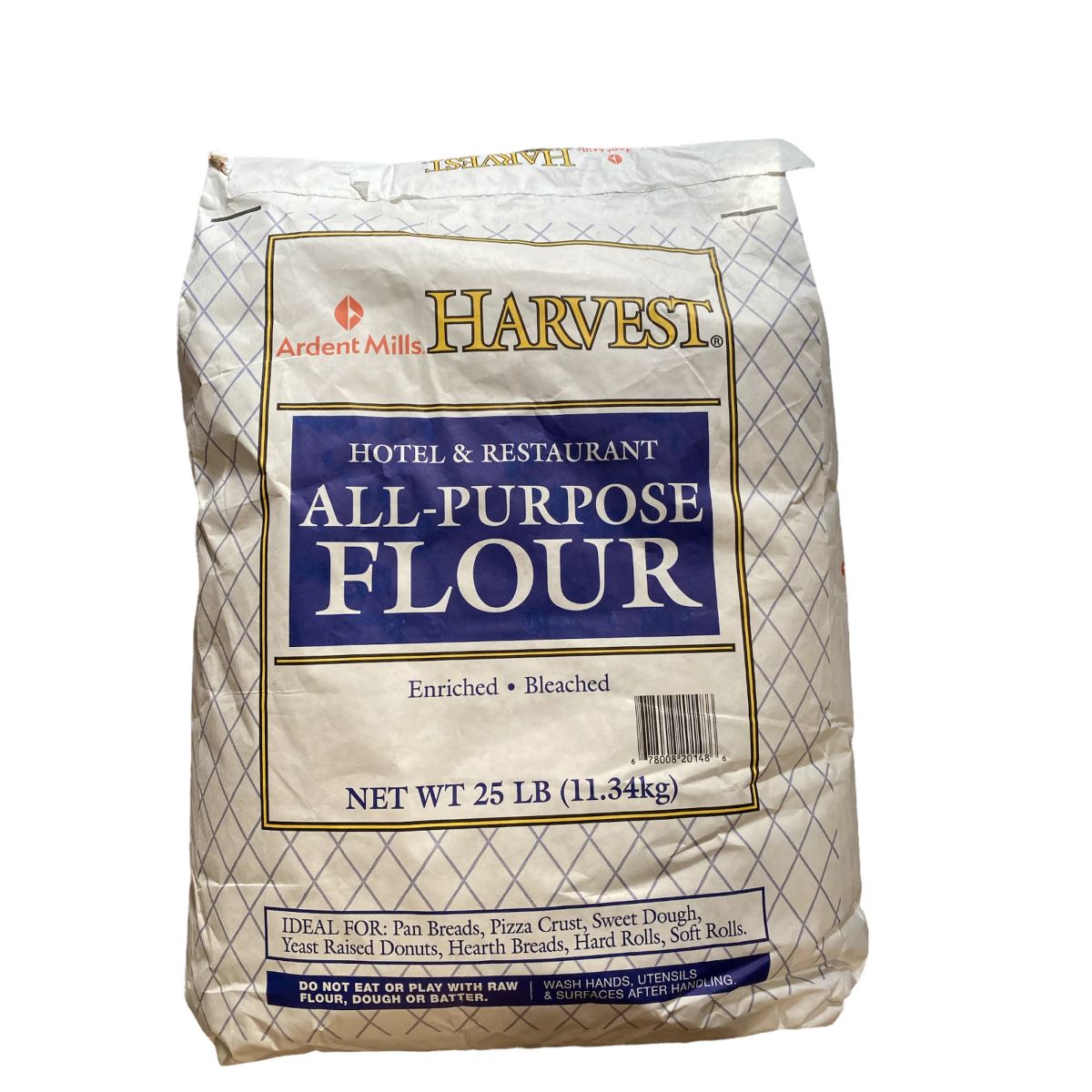
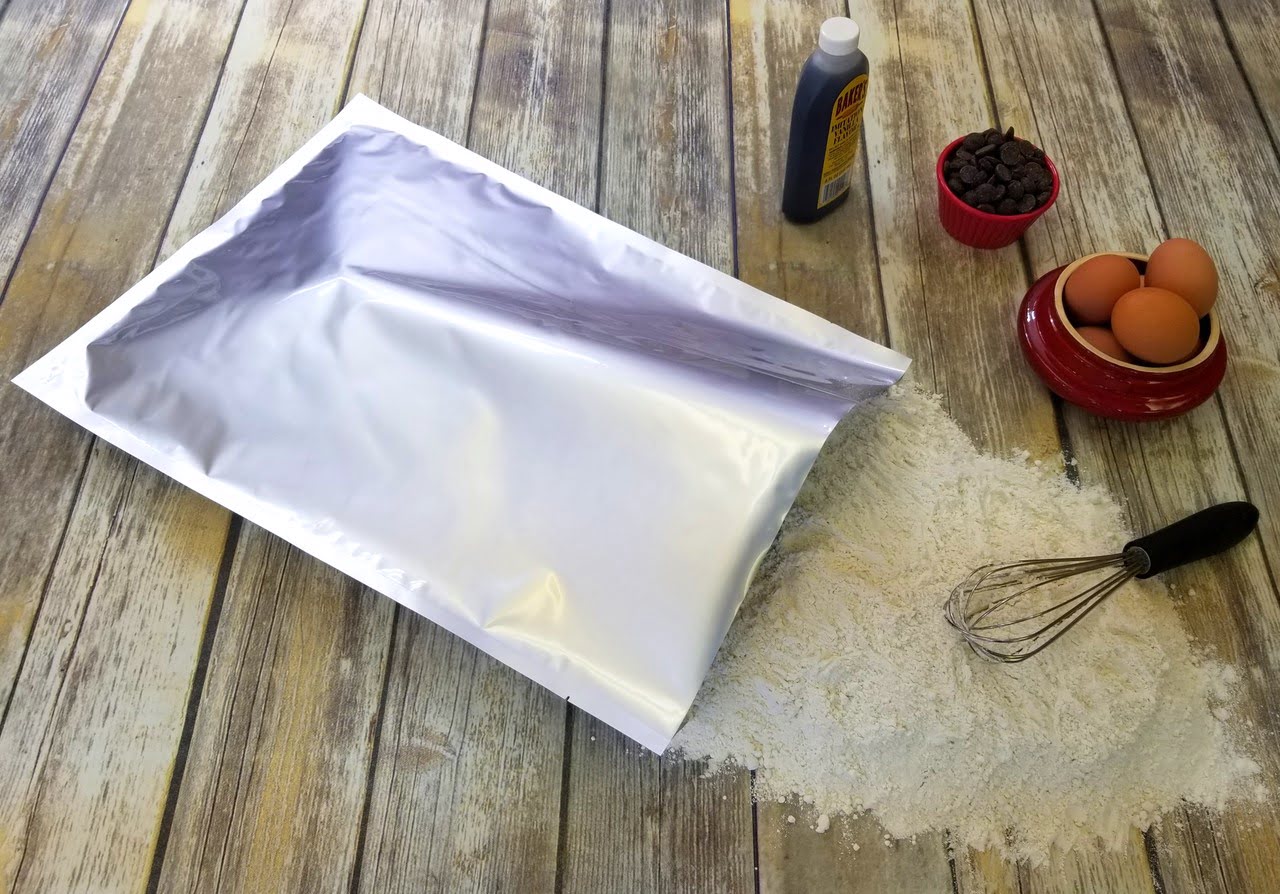
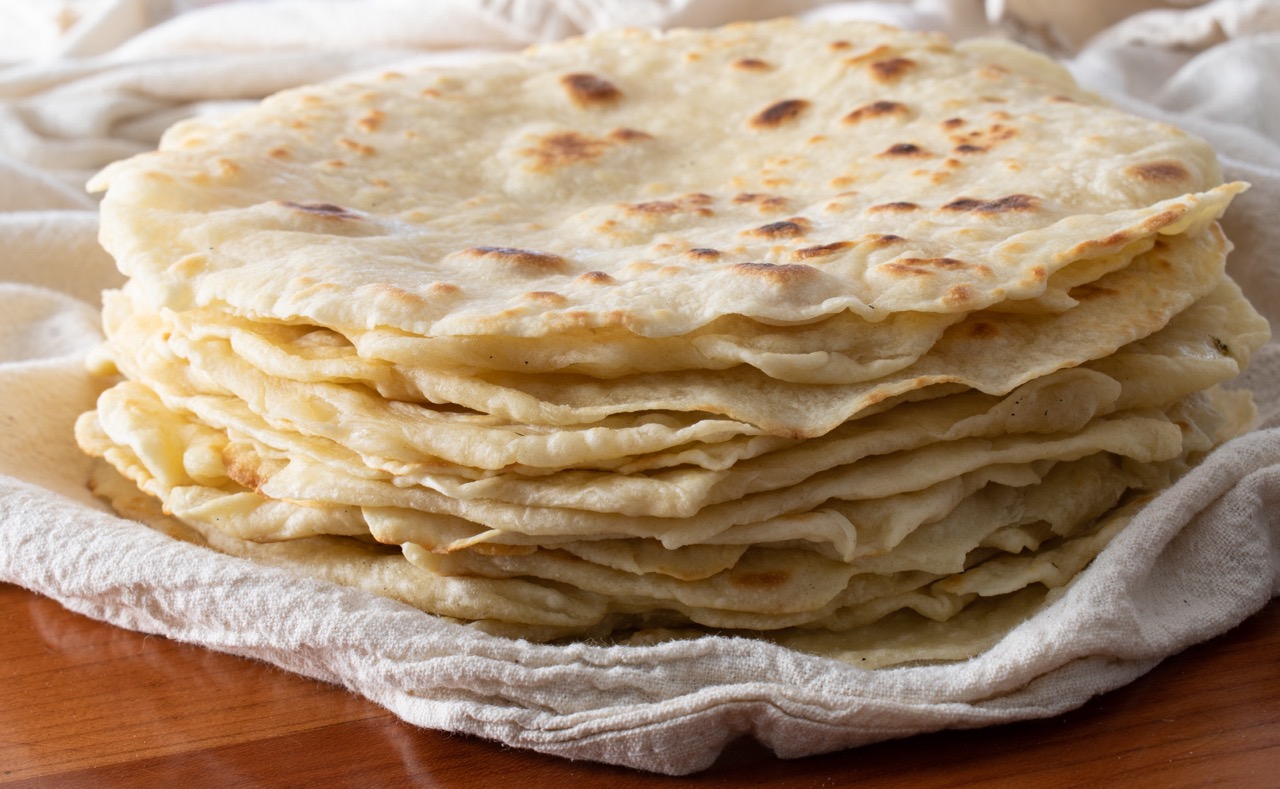

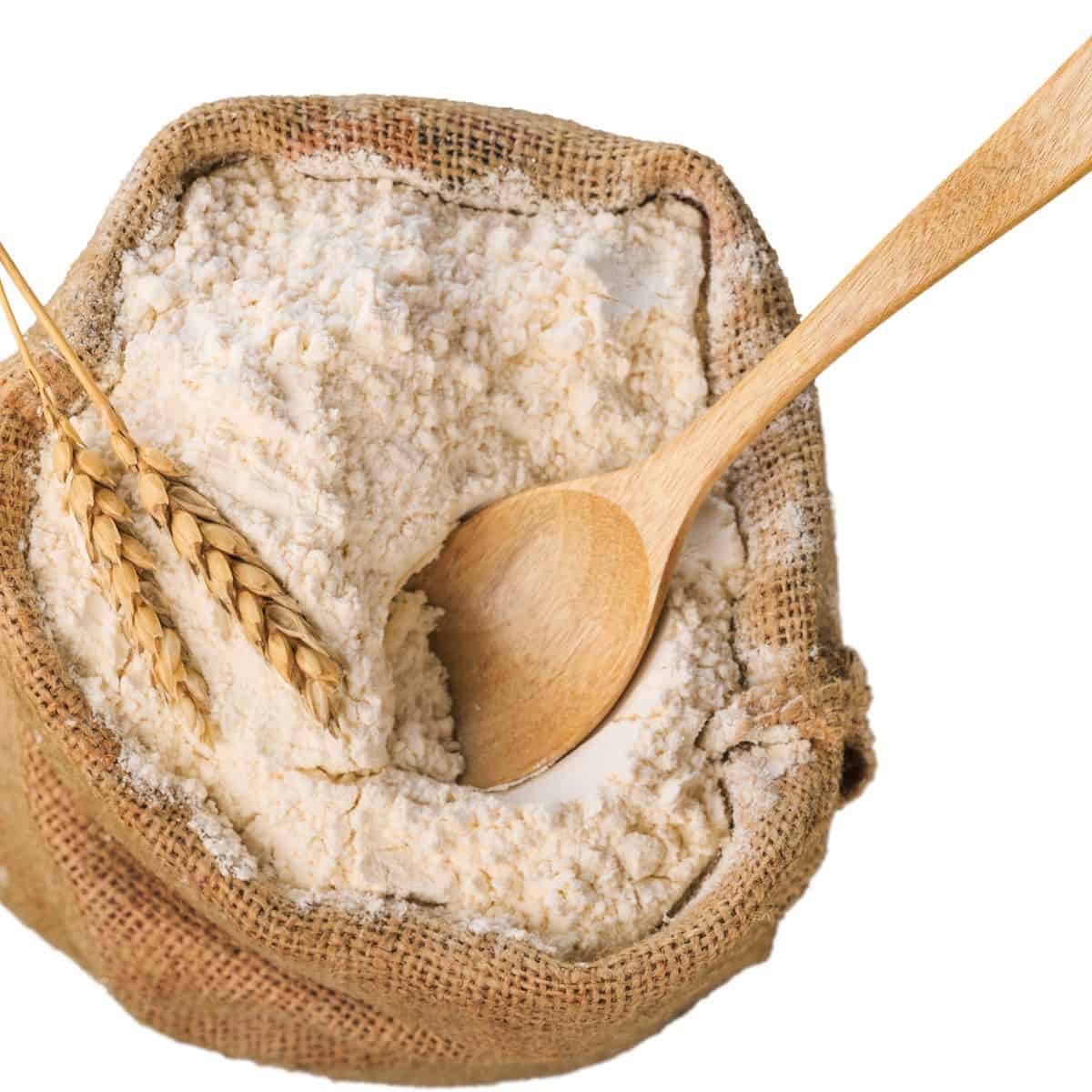
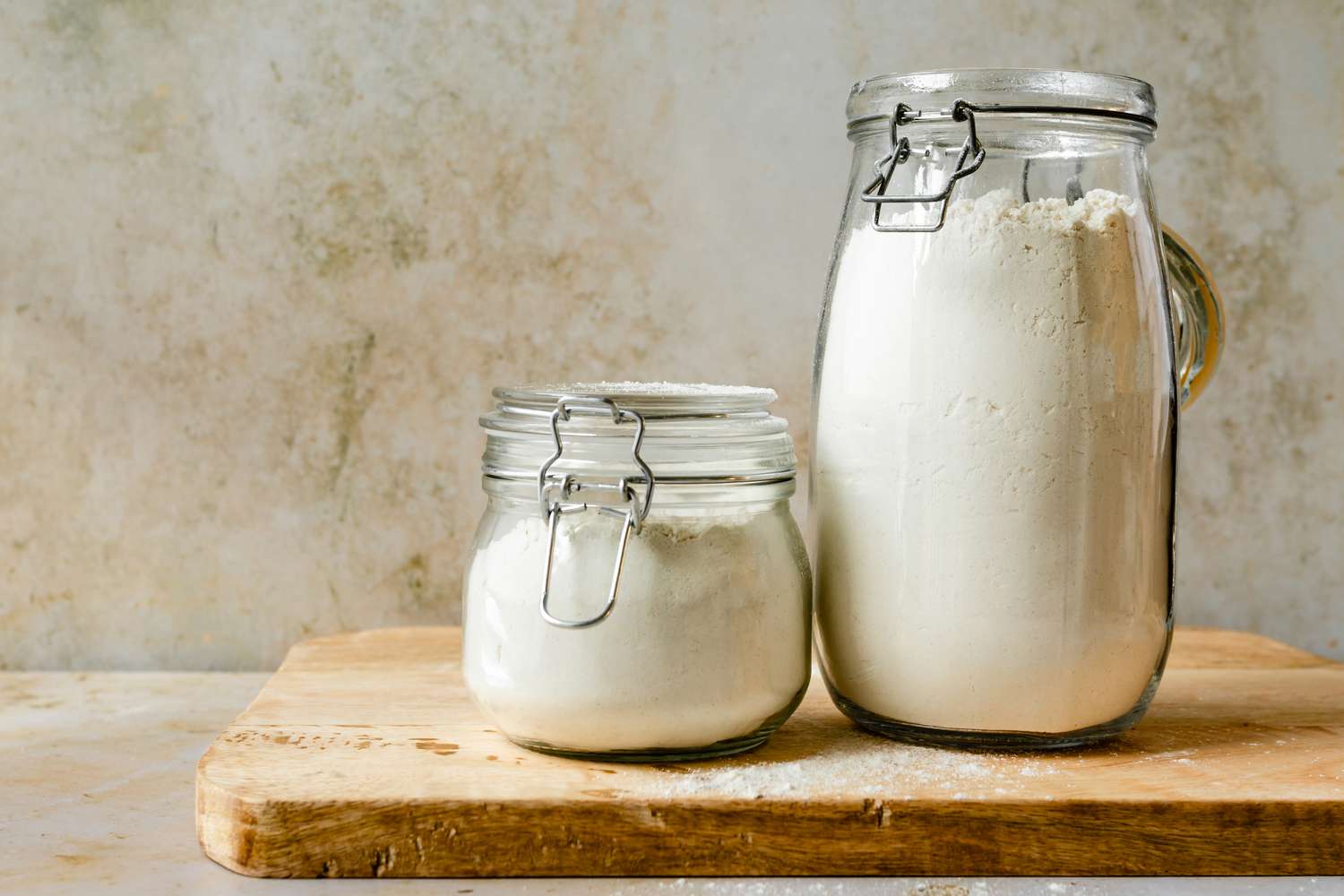
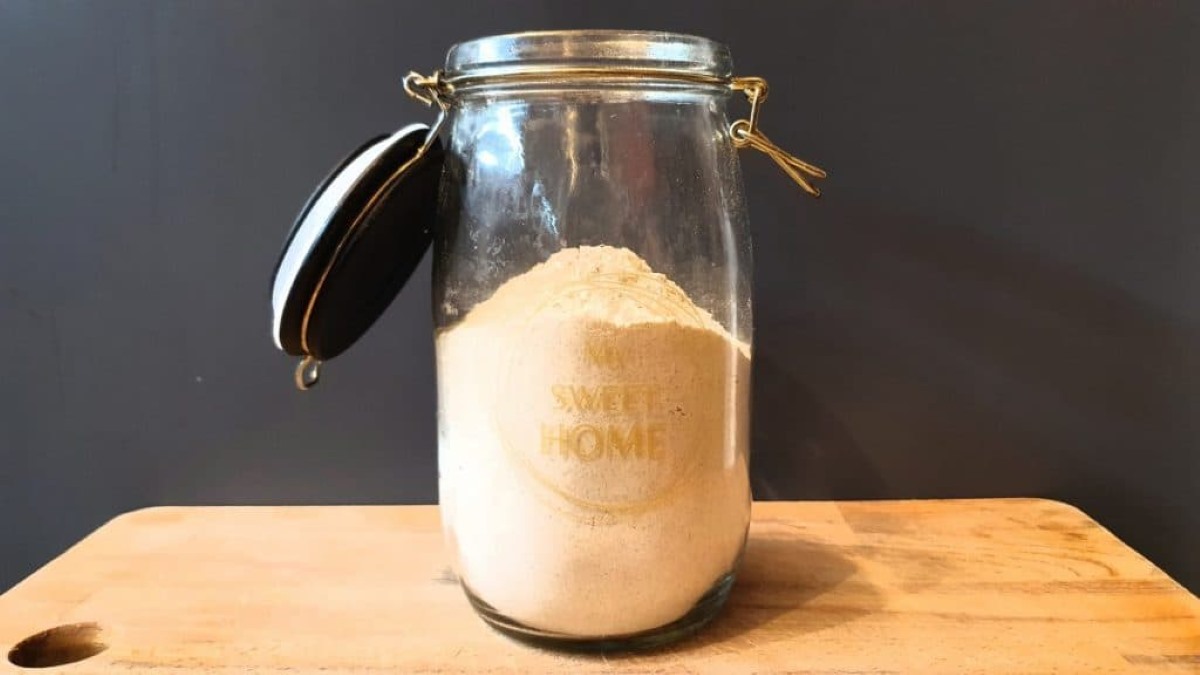
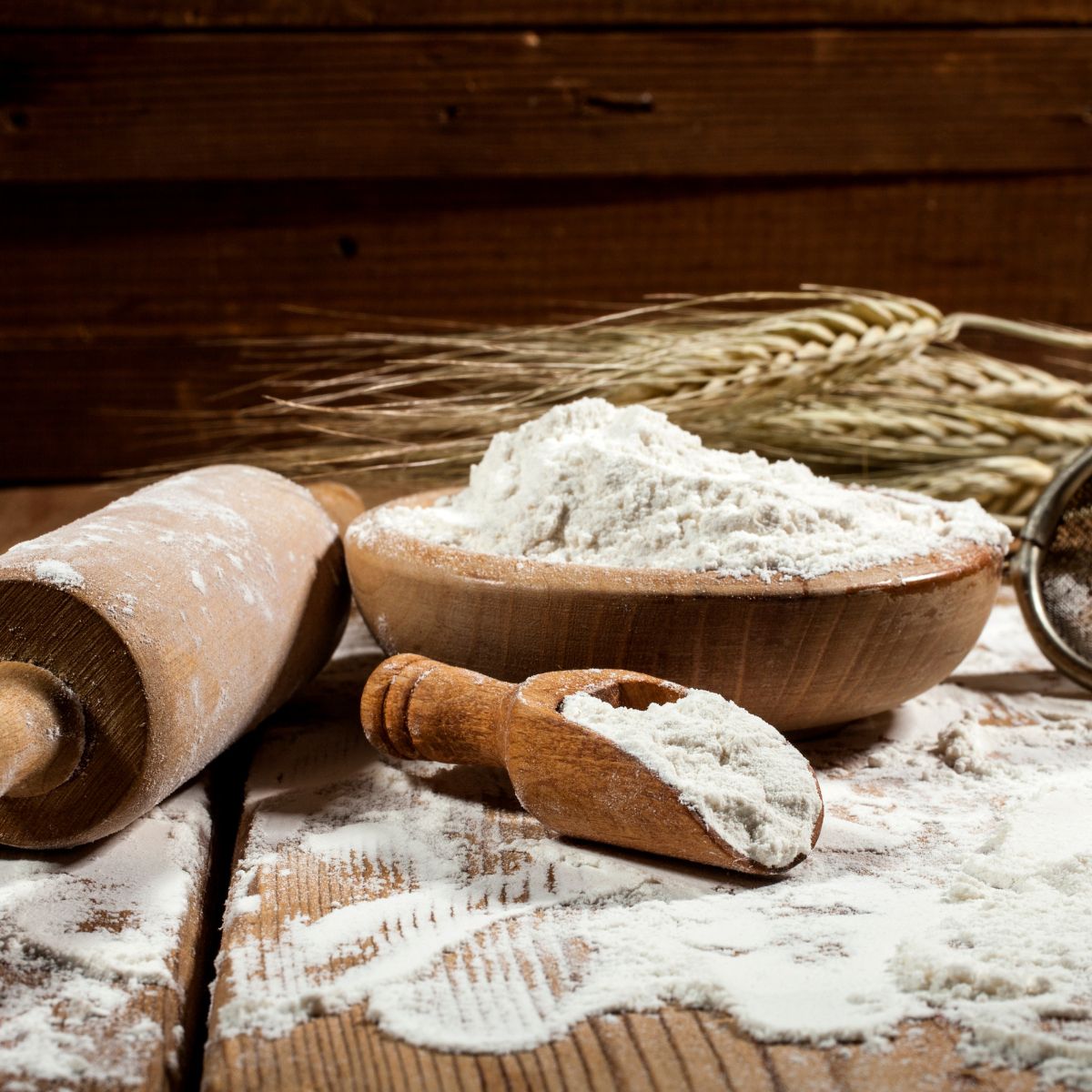
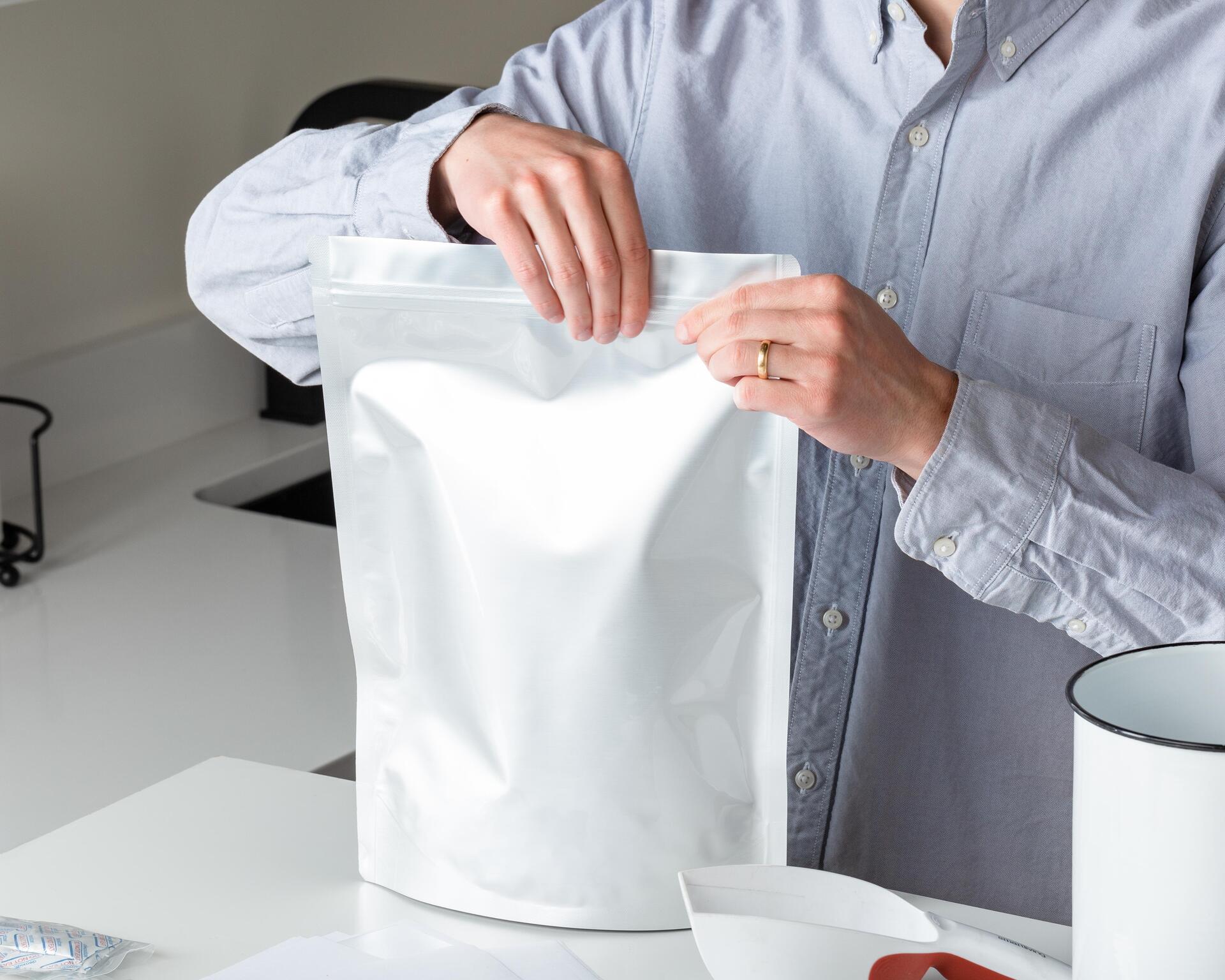
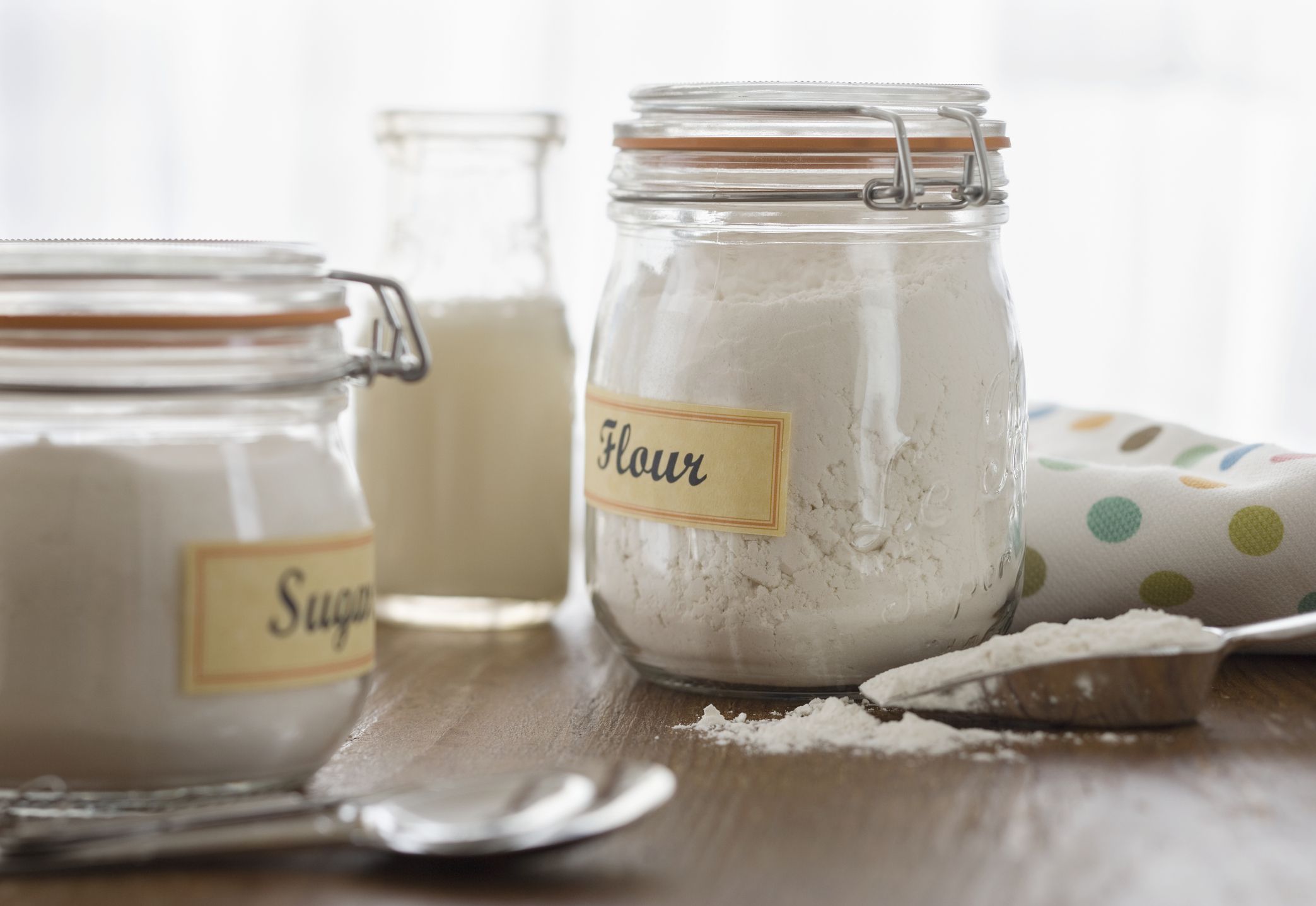
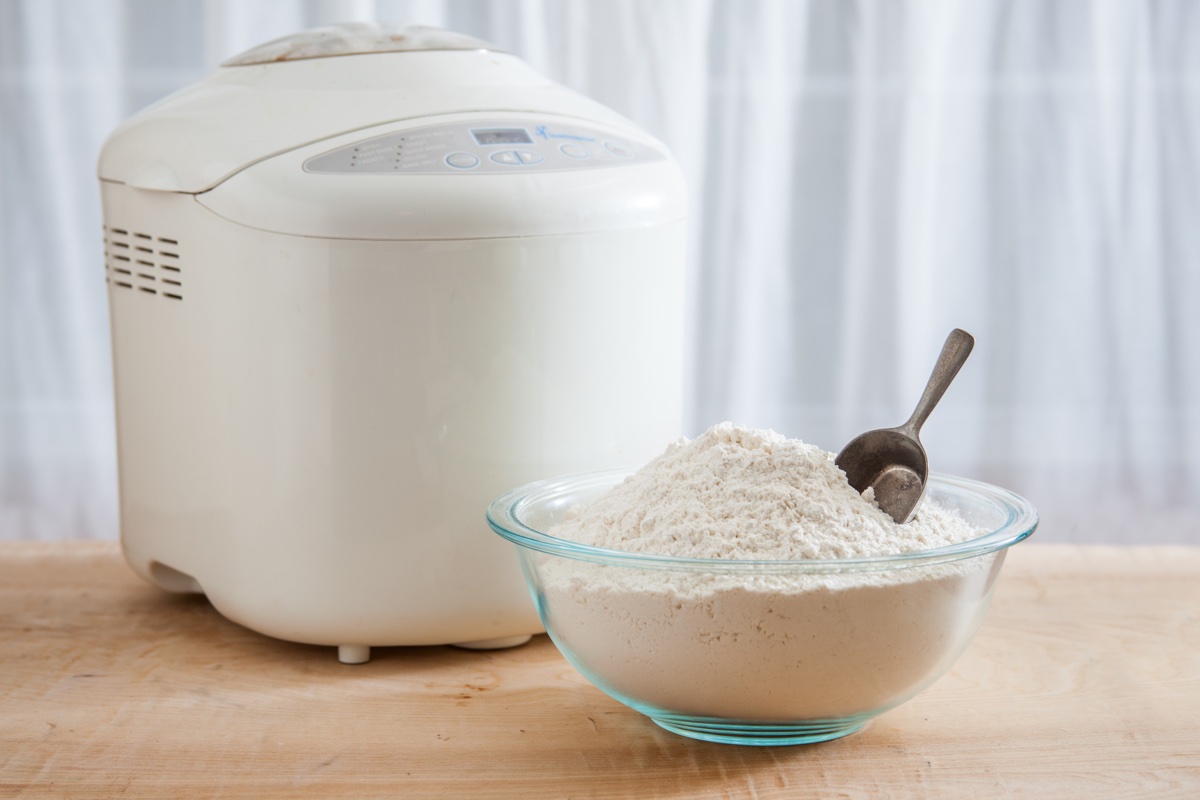
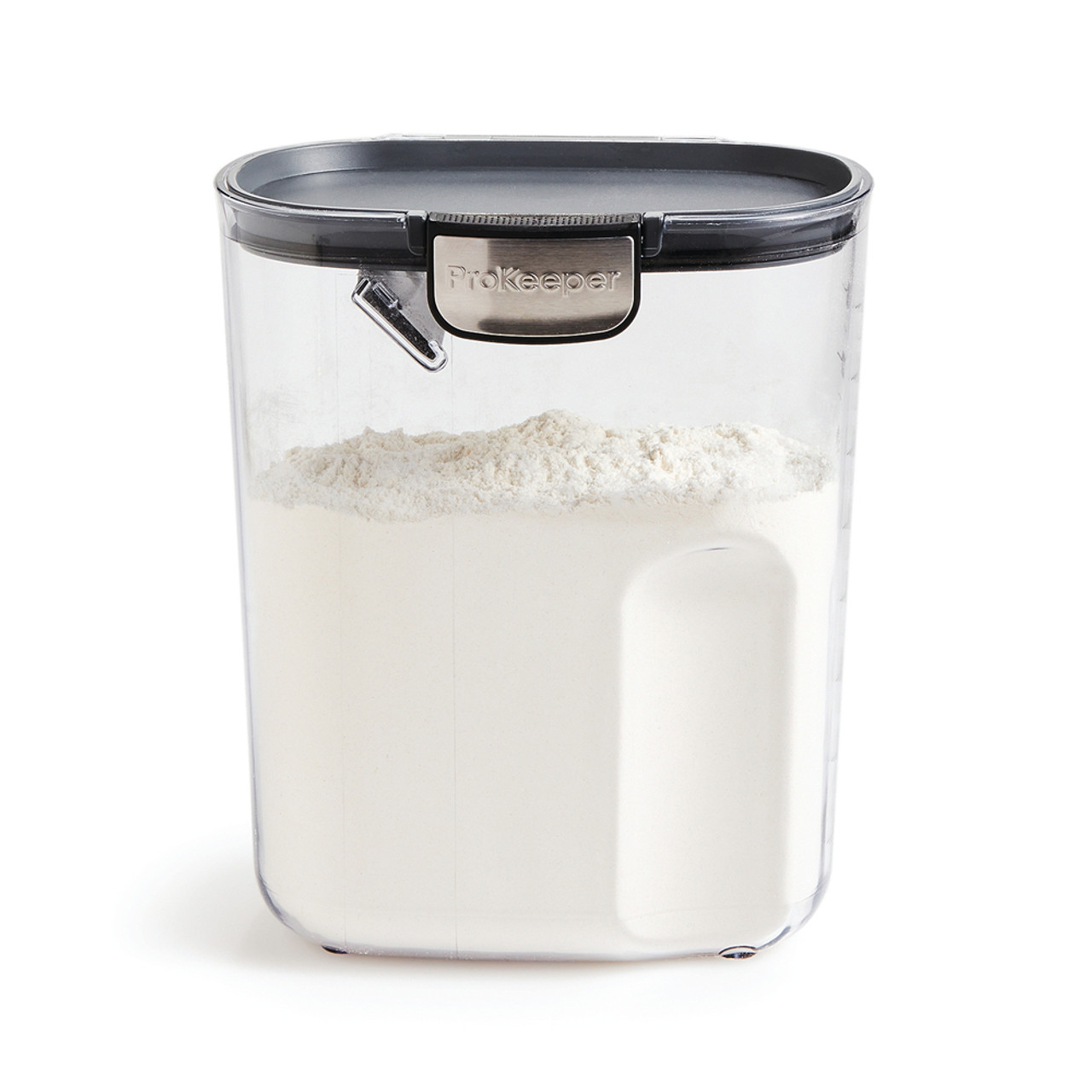
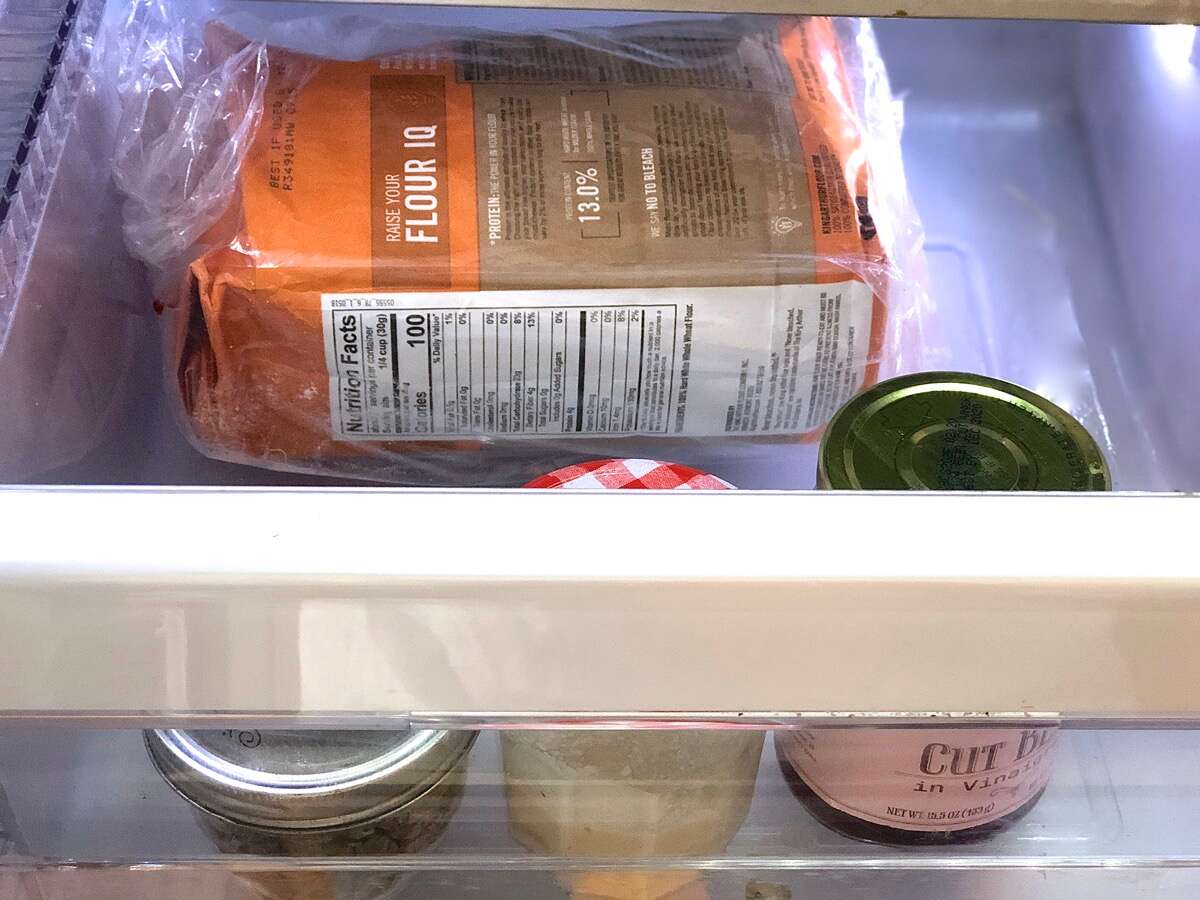

0 thoughts on “How To Store Bread Flour”